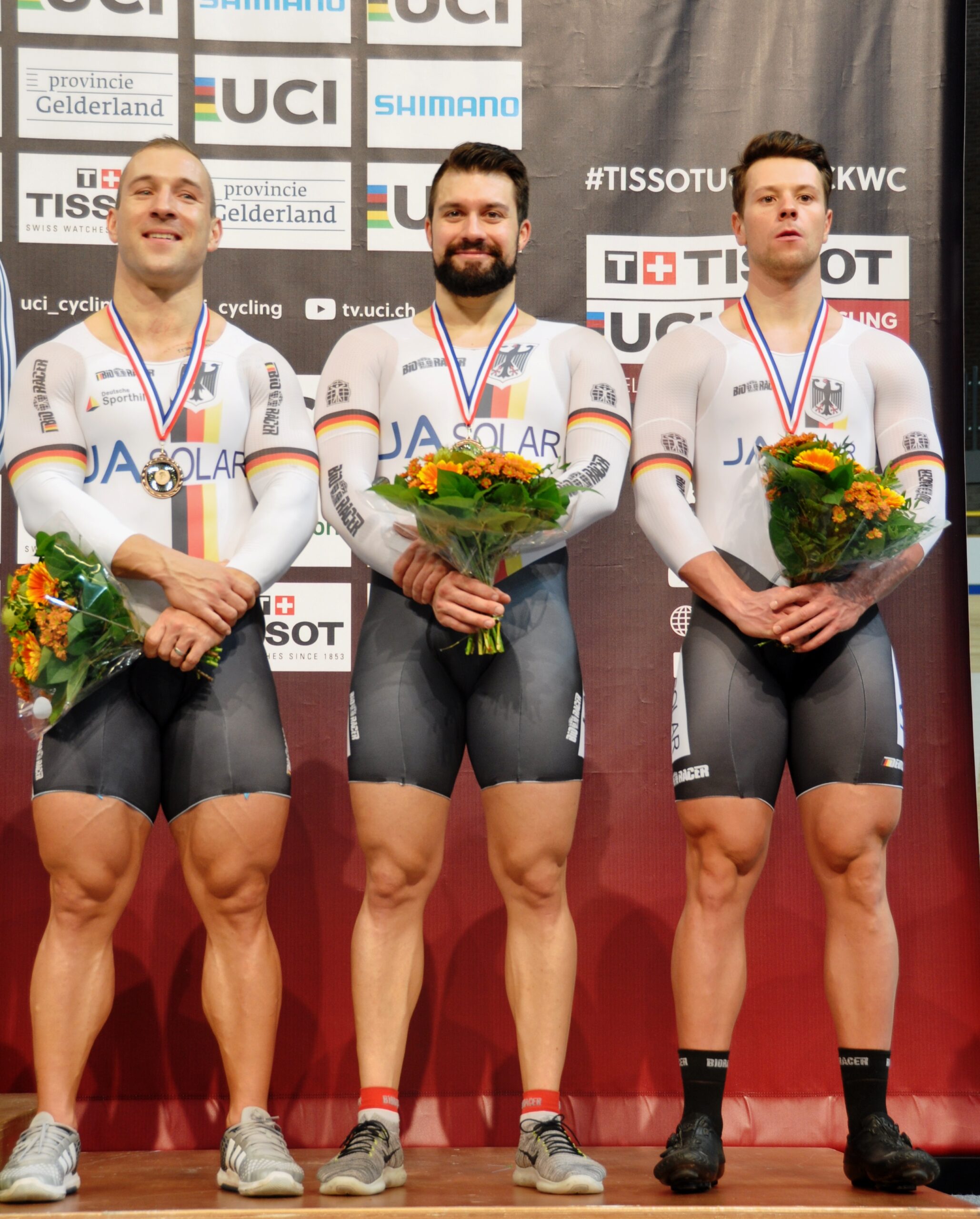This is a dilemma faced by many athletes in many sports. The debate relates to an increase in body mass and its impact on the speed of the athlete. Traditionally heavy athletes are considered slow but strong. Light athletes are considered quicker and more nimble but lack mass which is beneficial in contact. In the modern era of sport, athletes are statistically bigger and faster. It seems our traditional thinking is being proven wrong.
When we think of speed we usually are thinking of a mixture between the ability to change direction quickly and top speed. They are closely linked but not the same. Change in direction involves both deceleration and acceleration. Top speed is more a case of overcoming braking or decelerative forces. In both examples the rate of force development is key. The more force one can produce the more they displace their mass, the more they move. Strength is required to produce force but also to control deceleration. Stride rate has been shown to have little impact on top end speed. Stride length however, has a great impact.
Athlete’s strength levels tend to have a narrower range than their bodyweight. This means that lighter athletes will tend to have a better relative strength to weight ratio. This generally translates into them being quicker. In recent years, bigger athletes have begun to demonstrate similar levels of speed and agility. They also show greater strength levels. One important factor in strength to weight ratio is lean body mass. Bodyfat contributes little to the generation of force yet will contribute significantly to decelerative forces. Therefore excess body mass in the form of fat will have a negative impact on speed.
Gaining mass is traditionally accomplished using high volume weight training to induce muscle hypertrophy. Programs which aim purely at achieving hypertrophy tend to promote modest strength improvements. Athletes may put on extra mass over the course of a short offseason. They then feel sluggish when they return to competition. This is often because their relative strength to weight ratios have become less favorable.
In some very rare cases there is structural influence in the muscle mass which can inhibit the rate of muscle contraction. Muscle fibres contract through the sliding filament theory. This sliding of fibres creates friction. The more muscle filaments the more friction. Friction reduces rate of contraction. Rate of contraction is very important when we need to produce power. This has only been witnessed in a handful of circumstances where specific muscle groups may be overdeveloped. Track cycling is one such sport where this can occur from time to time.
So the question is, how is it possible to increase mass and maintain functional speed on the field of play. Simply put the key factor is time. An athlete who gains mass over a longer period will be able to spend time keeping other capabilities at a relatively similar level. Speed strength and neural training can be implemented ensuring these also develop. These are key components in the rate of force production. A program which cycles between short blocks of training, gradually developing each capability will achieve the goal. This is known as periodization. An athlete could also train all three capabilities in the same training block, but would witness more modest improvements.
Most of the time losing speed when bulking up is a result of doing things too quickly. Athletes may gain 3-5kg in a three month period with little emphasis on pure strength or speed. They have the new mass but have not yet trained to carry it on the field. Often they panic and attempt to lose the weight again. This means they never have a chance to train to their new potential. This usually promotes a reluctance to attempt to increase mass in the future.
In summary gaining weight will only slow an athlete down if the weight gained is in the form of fat. Initially they may lose speed only if their rate of mass increase exceeded their rate of strength improvements. Some top sprint coaches suggest that a sprint athlete would need to be able to back squat twice bodyweight before they will reach full potential. Hypertrophy style rep schemes are also not typically associated with neural improvements. Neural training in the form of speed strength style training is essential to maintain fast rates of muscle contraction.
Obviously speed is a skill and technique in sprinting and change of direction is important. The issue is that athletes tend to want things quickly. They focus on one thing while neglecting another. Genetically we are predisposed to be big or small, fast or slow. We rarely give a whole lot of time to our weaknesses as it distracts from our strengths. If athletes are a little more patient and approach things with a patient and diligent attitude then they tend to be more successful in the long run. Many athletes do not have the technical skill mastery to reach their potential to begin with. In this case they cannot blame their body mass.
The conclusion is that there are many aspects of increasing body mass which can have a negative influence on speed. Despite this, increased muscle mass can improve power output through increasing force production capabilities. If they support these changes with a period of speed strength and neural focus training then they should see no major loss in speed. It is difficult to achieve dramatic changes in body mass without it having an impact.
Athletes must weigh up the benefits, versus the time in which they have to make changes. At some point size will have a detrimental influence but most athletes never get close to this point. Athletes who fear that they will get slower should be assured that this is rarely the case when their training is appropriate and gradual.
Please subscribe for free to get notifications of new posts and bonus articles!
Thank you!
[yikes-mailchimp form=”1″]
